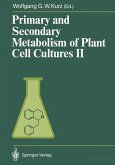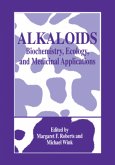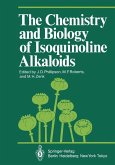For centuries it has been recognized that plants relate to human health and well-being in many ways beyond their fundamental role as primary sources of food and energy. Many of the unique plant constituents have pronounced effects on animal systems or in the human body; some of them are potentially harmful and represent a risk in the use of a parttcular plant or in the exposure to it, others are useful as medicinal agents in the treatment of diseases. Many of the latter are extracted from plant materials on a large scale for marketing as drugs and even more of them have served as structural prototypes which inspired chemists to synthesize analog drugs with even more desirable properties. Clearly, today's drug therapy had its origins in the explora tion and exploitation of pharmacologically active plant con stituents. It is therefore appropriate that a symposium of the Phytochemical Society of tlorth America '1as devoted to this subject. The present volume consists of eleven rapers dealing with various aspects of the topic "Phytochemistry as Related to Disease and Medicine", which were presented at the Four teenth Annual Meeting of the Phytochemical Society of tlorth America held tn August 1974 at Hestern Carol ina University in Cullowhee, N.C. Plant hallucinogens are the subject of the first three chapters. The first, by Schultes, reviews the occurrence of hallucinogenic agents in plants, in tabular form. Emphasis is on plants from Central and South America.
Hinweis: Dieser Artikel kann nur an eine deutsche Lieferadresse ausgeliefert werden.
Hinweis: Dieser Artikel kann nur an eine deutsche Lieferadresse ausgeliefert werden.







